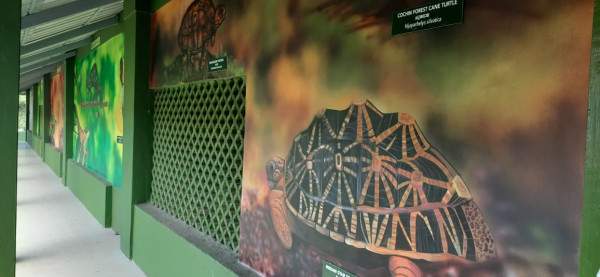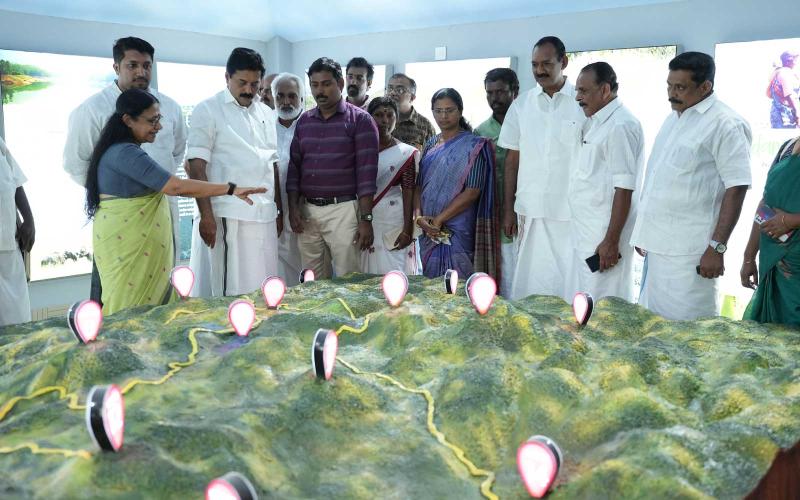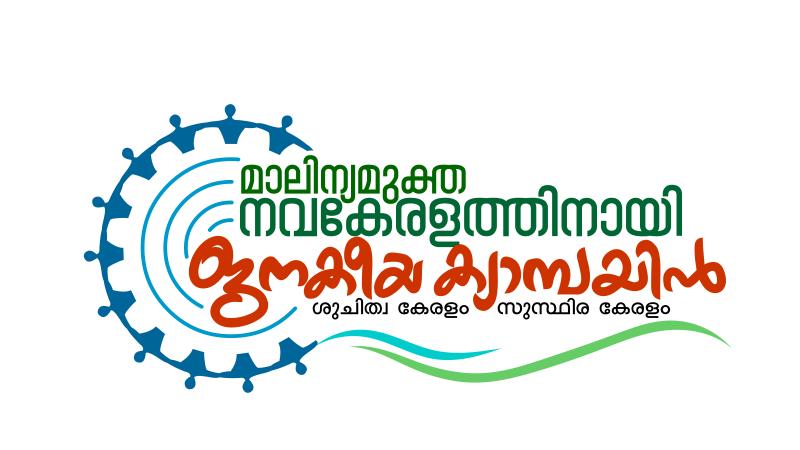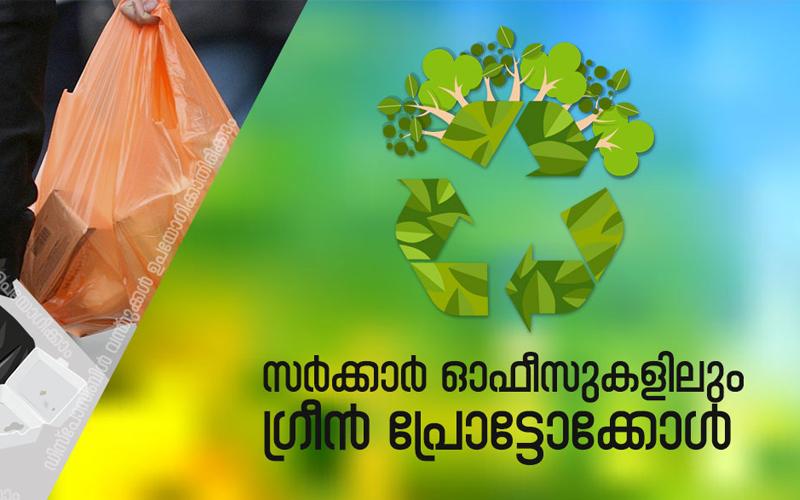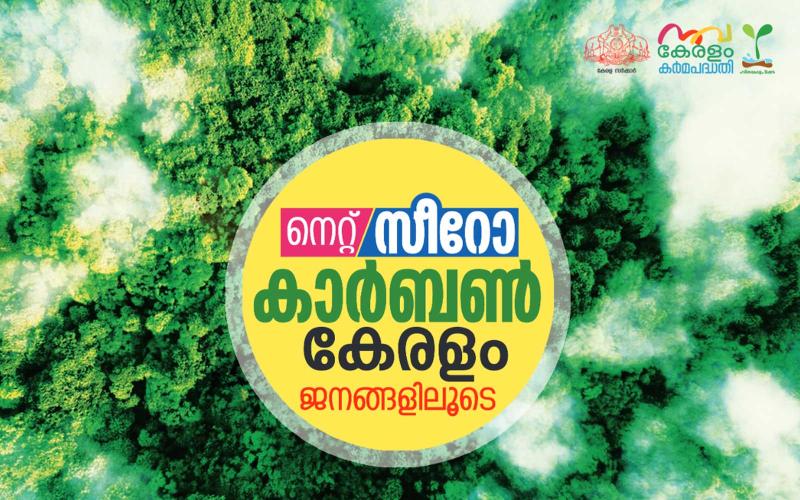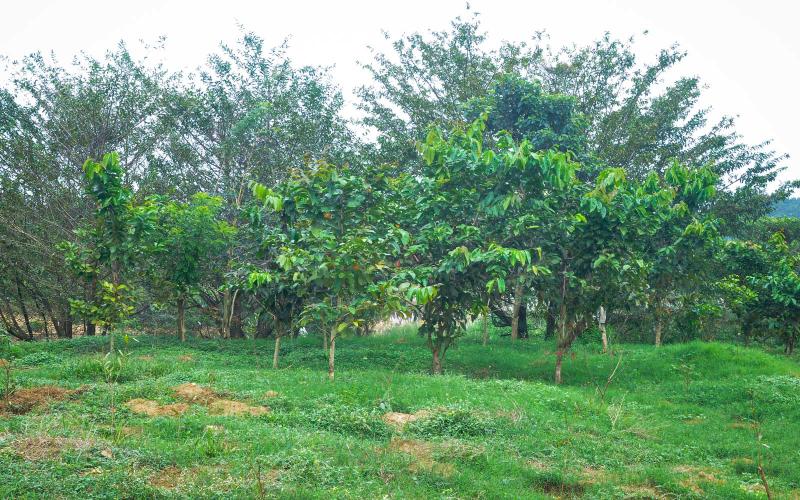The unique scenic beauty of the Western Ghats region on the eastern border of Kerala and the enjoyable climate are mainly responsible for the influx of tourists to this place. But beyond this, the region is rich in many features. The most important among them is the biodiversity of the Western Ghats. Many areas of the Western Ghats are natural habitats for rare flora, fauna and species. However, the vast majority of people who visit the place, including students, do not understand these things adequately.
Biodiversity education is an essential component towards biodiversity conservation. A biodiversity knowledge centre is being conceived in this context so as to provide an experience-based learning to students and tourists visiting the landscape.
The Biodiversity Knowledge Centre is established by the Haritha Kerala Mission under the Navakeralam Karmapadhathi 2. This remarkable initiative aims to serve as a hub for conservation, education, and awareness related to the biodiversity of the Munnar Landscape.
The primary purpose of the Biodiversity Knowledge Centre is to play a crucial role in educating and creatingawareness among tourists, students, and local communities. It offers interactive kiosks, panels, videos, and models of ecosystems, cultural heritage, landscape, and various fauna and flora.
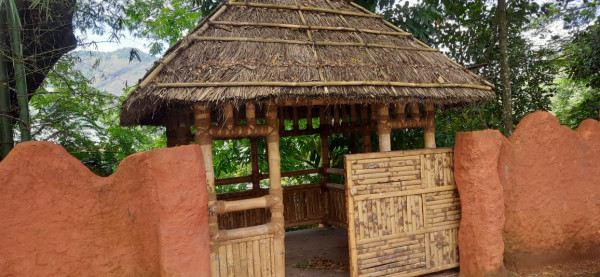
The Biodiversity Knowledge Centre is envisioned to contribute to sustainable development through responsible ecotourism practices. It educates and promotes ecologically sensitive tourism activities that minimize the impact on biodiversity, while providing visitors with an immersive and educational experience.
The Knowledge Centre will provide an experience of the biodiversity of the Munnar landscape
Immersive 3D Models
Lifelike 3D models of Munnar’s biodiversity is displayed here. The visitors could explore three major ecosystems - the ethereal Skyland where clouds meet land, the lush mid-elevation evergreen forests, and the unique ant hills of the low- altitude thorny shrub jungles. Munnar’s landscape is home to diverse indigenous tribes, each with their unique culture, traditions, and way of life. Prominent tribes include Mannan, Muthuvan, Paliyan, Mala Arayan, Oorali, Ulladan, and Hill Pulaya, with Mala Arayan being the largest group followed by Muthuvan. One can also discover the intricacies of Muthuvan tribal life through a meticulously crafted model of their house, complete with everyday tribal accessories, all beautifully illuminated by supporting informative backlit panels.
3D Maps
The central stage 3D map showcases the 15 biodiversity hotspots that draw tourists to Munnar. Surrounding the map, informative backlit panels provide insights into the distinctive features of each hotspot, helping you better understand the landscape’s allure.
Informative Displays
The 25 backlit panels explore the rich biodiversity of Munnar. These displays delve into ecosystem diversity, agrobiodiversity, cultural richness, and the must-visit attractions that make Munnar unique.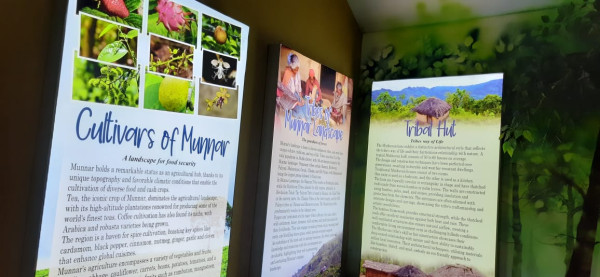
Interactive Touchscreen Kiosks
This would provide in-depth experience of the Munnar landscape’s wonders with two digital touchscreen kiosks. Visitors could access and self-navigate through a treasure trove of 50 videos, quizzes, and games that offer engaging insights into the region’s diversity, cultural heritage and advocates the need for a sensible tourism.
Vibrant Paintings
Adorning the outer walls of the Knowledge Centre are stunning paintings showcasing the characteristic plants and animals that call Munnar home. From majestic mammals to exquisite birds, reptiles, amphibians, and even the enchanting world of butterflies and odonates, and the vibrant orchids and balsams, these artworks bring Munnar’s biodiversity to life in vivid colours.
